After we make a long run yesterday south, we reach Nikko, a town recommended to us by a couple of young travelers we met back in Hiroshima in June.
Even with multiple stops of the bullet train, it gets there almost 2 hours faster than by car.
"Nikkō is a popular destination for both Japanese and international tourists. Attractions include the mausoleum of shōgun Tokugawa Ieyasu at the Nikkō Tōshō-gū shrine, and that of his grandson Iemitsu (Iemitsu-byō Taiyū-in), and the Futarasan Shrine, which dates to the year 767 AD.
The Japanese saying 【日光を見ずして結構と言うなかれ】 "Never say 'kekkō' until you've seen Nikkō"— kekkō meaning beautiful, magnificent or "I am satisfied"— is a reflection of the beauty and sites in Nikkō."
Even with multiple stops of the bullet train, it gets there almost 2 hours faster than by car.
"Nikkō is a popular destination for both Japanese and international tourists. Attractions include the mausoleum of shōgun Tokugawa Ieyasu at the Nikkō Tōshō-gū shrine, and that of his grandson Iemitsu (Iemitsu-byō Taiyū-in), and the Futarasan Shrine, which dates to the year 767 AD.
The Japanese saying 【日光を見ずして結構と言うなかれ】 "Never say 'kekkō' until you've seen Nikkō"— kekkō meaning beautiful, magnificent or "I am satisfied"— is a reflection of the beauty and sites in Nikkō."
Lunch is served - a simple and inexpensive family place above their chotsky shop.
A lot of pictures were sorted down to these (300 down to around 130) - they could be sorted more - usually we try to get down to no more than 50-60 for the blog entry - which can still be a lot. Sorry to our current viewers and future selfs, we just didn't do it this time. You may like these scenes greatly, or just mildly so, in that case, scroll quickly for the broad brush.
"Beautiful, magnificent...Nikko" -- as we looked at these photos, we're thinking this would be a place for someone who actually knows a lot about photography and uses far better cameras than ours -- but still, amazing Nikko comes through.
"Beautiful, magnificent...Nikko" -- as we looked at these photos, we're thinking this would be a place for someone who actually knows a lot about photography and uses far better cameras than ours -- but still, amazing Nikko comes through.
The Sacred Bridge, part of the Futarasan Shrine.
Lots and lots to see here - it's gonna be another long day for the legs and feets...
...and heart/lungs.
The garden was quite small, but lush with greenness.
...to infinity and beyond!
The longest ticket line since we've been in Japan - maybe 25-30 minutes - automated ticket machines at the end. A fee is required to see this particular dense collection of shrines within a temple complex.
There have never been tigers or elephants in Japan - artists created these carvings from stories brought back by travelers to southern Asia.
"The three wise monkeys are a Japanese pictorial maxim, embodying the proverbial principle "see no evil, hear no evil, speak no evil". The monkeys are Japanese macaques, a common species in Japan.
The three monkeys are
There are various meanings ascribed to the monkeys and the proverb including associations with being of good mind, speech and action. The phrase is often used to refer to those who deal with impropriety by turning a blind eye.
The source that popularized this pictorial maxim is a 17th-century carving over a door of the Tōshō-gū shrine in Nikkō. The carvings at Tōshō-gū Shrine were carved by Hidari Jingoro, and incorporate Confucius’s Code of Conduct, using the monkey as a way to depict man’s life cycle. There are a total of eight panels, and the iconic three wise monkeys picture comes from panel 2. The wise monkey philosophy, however, probably originally came to Japan with a Tendai-Buddhist legend, from China in the 8th century (Nara Period). "
The three monkeys are
- Mizaru (見ざる), who sees no evil, covering his eyes
- Kikazaru (聞かざる), who hears no evil, covering his ears, and
- Iwazaru (言わざる), who speaks no evil, covering his mouth.
There are various meanings ascribed to the monkeys and the proverb including associations with being of good mind, speech and action. The phrase is often used to refer to those who deal with impropriety by turning a blind eye.
The source that popularized this pictorial maxim is a 17th-century carving over a door of the Tōshō-gū shrine in Nikkō. The carvings at Tōshō-gū Shrine were carved by Hidari Jingoro, and incorporate Confucius’s Code of Conduct, using the monkey as a way to depict man’s life cycle. There are a total of eight panels, and the iconic three wise monkeys picture comes from panel 2. The wise monkey philosophy, however, probably originally came to Japan with a Tendai-Buddhist legend, from China in the 8th century (Nara Period). "

"Come visit me at the shrine, let's make memories together!"
...back on the stepper-cize machine.
...still the line for tickets as we go back down and see still more temples/shrines in other corners of the park.
Hear yee, hear yee, this be the year of the Rabbit - embrace the emotions and virtues of kindness and hope.
...sooooo many lanterns...
....soooooo many steps...
It appears the photographer put baby in the corner.
...and still more lanterns, you can't not take photos of these scenes.
We're finally winding down, the occasional mist and overcast has kept the temps at bay, the cameras are full.
We pass by the bridge again, under later-in-the-day lighting conditions...
The pot at the end of the rainbow, a wee little brewery of course, just 1/2 a mile past the bridge. The proprietor was very friendly, as well as the customers, and the beer was excellent.





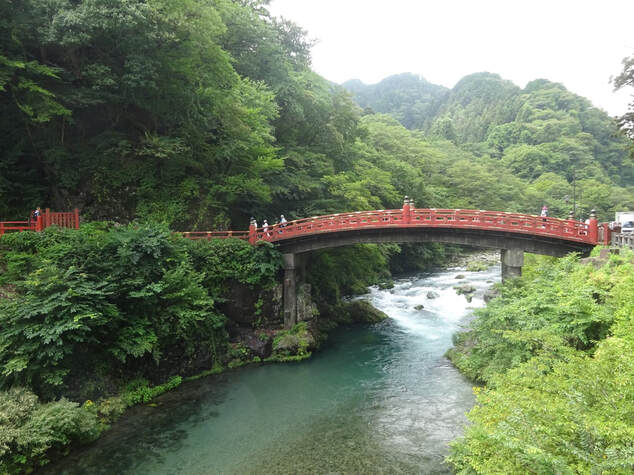





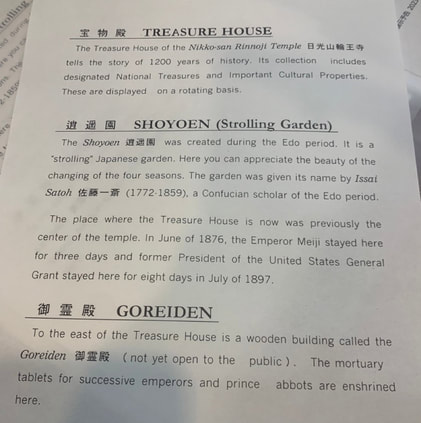


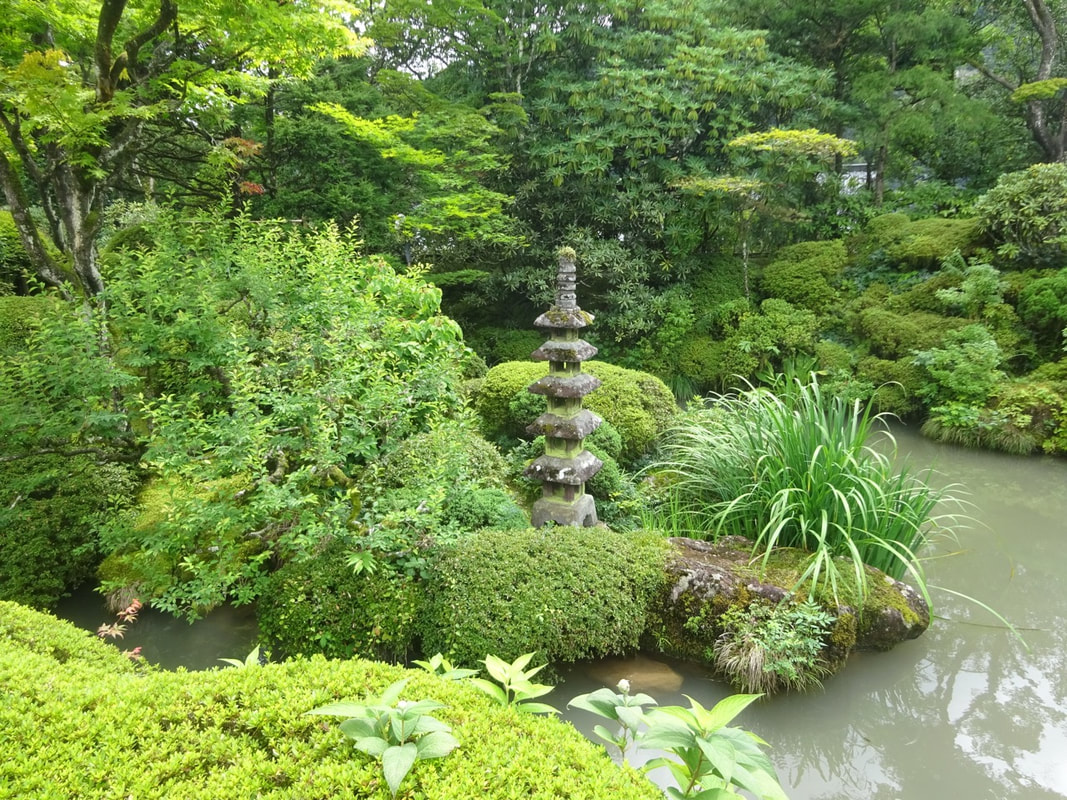









































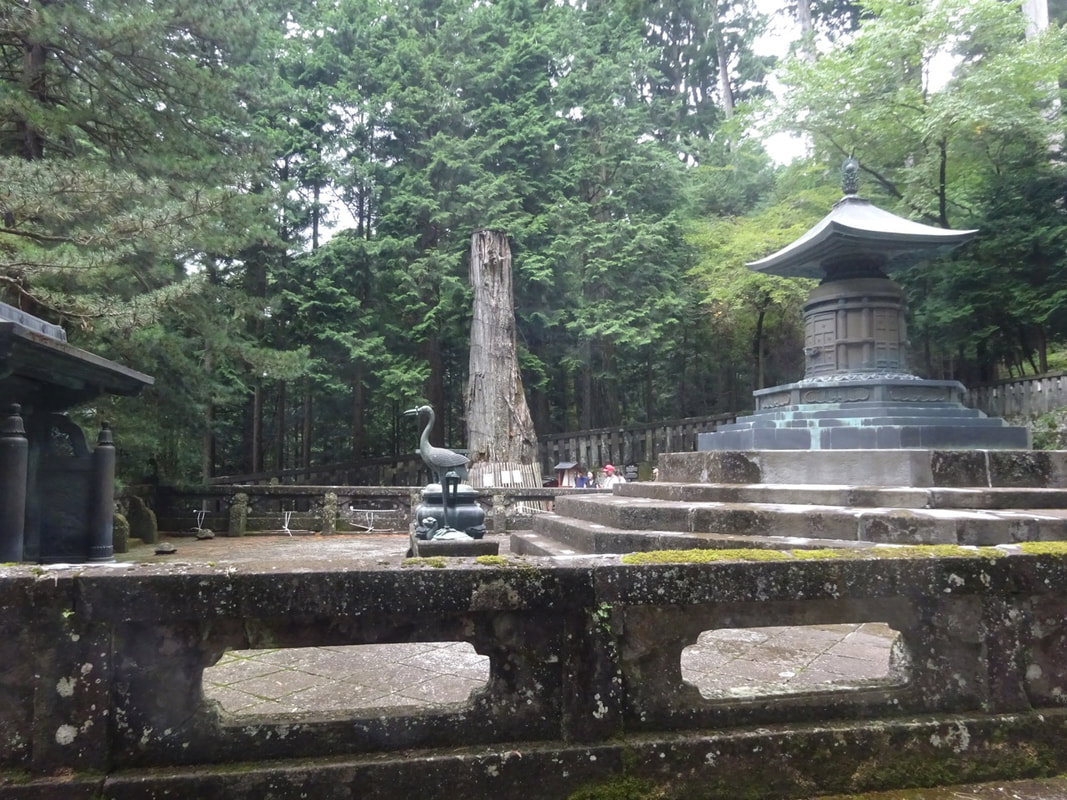






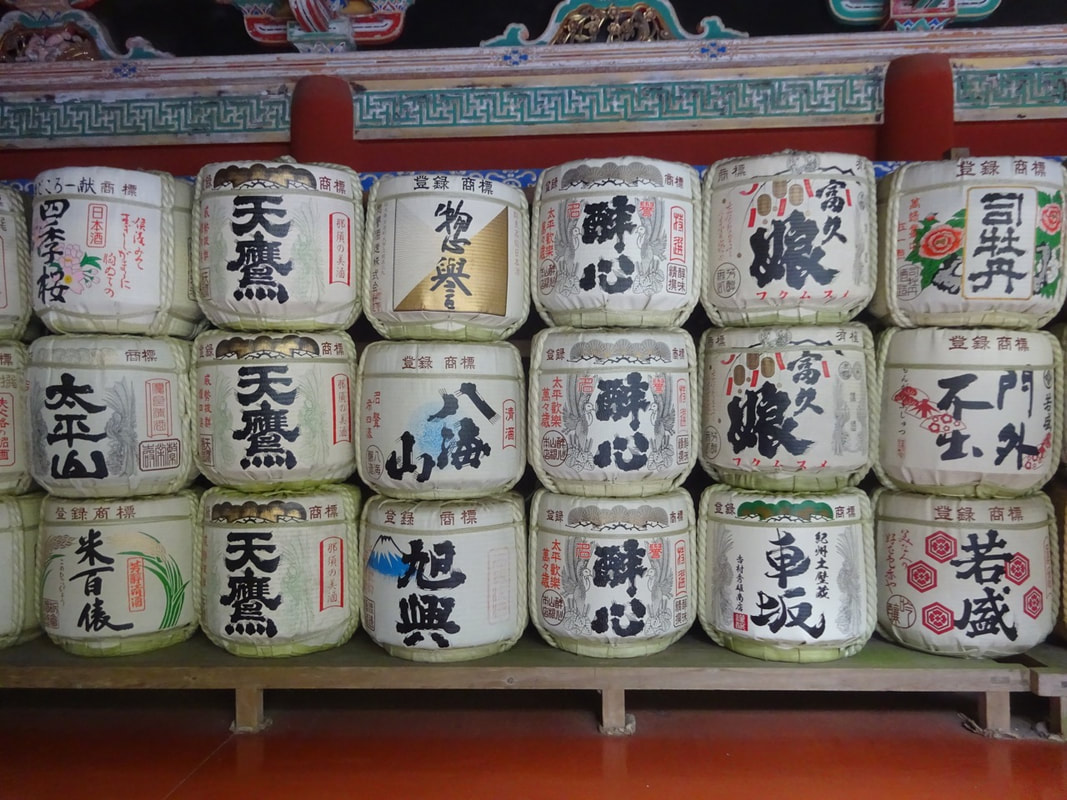


















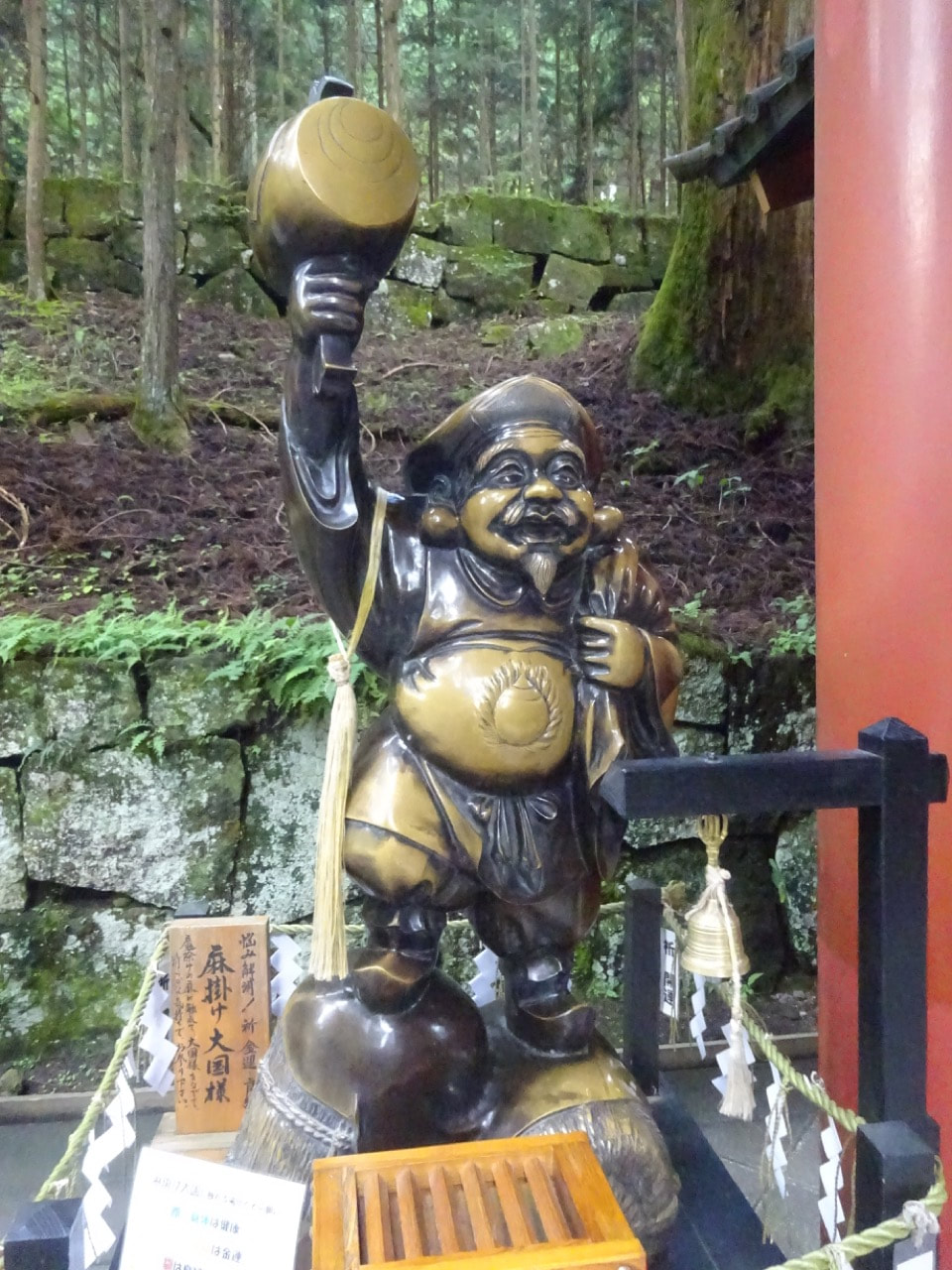













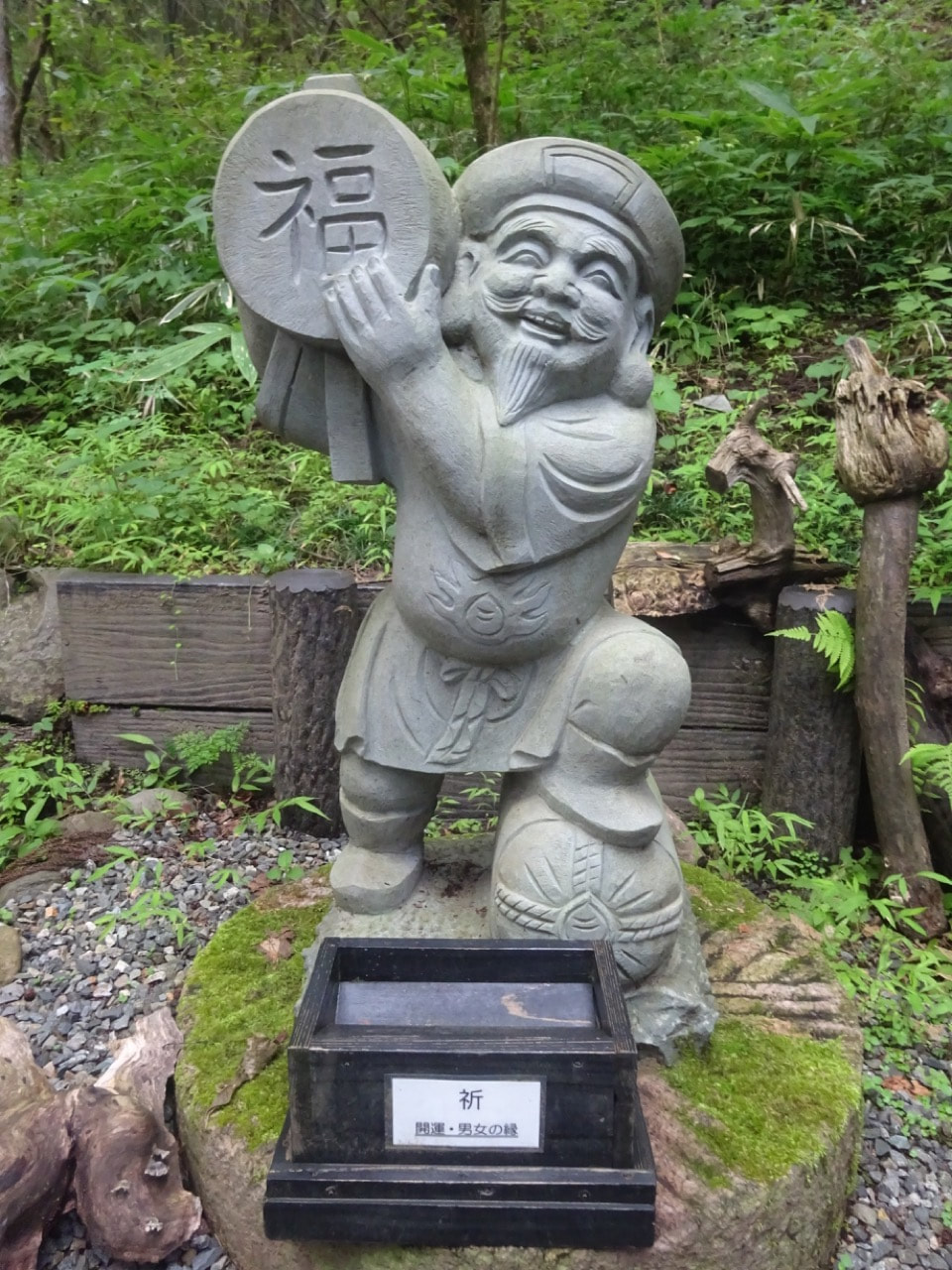

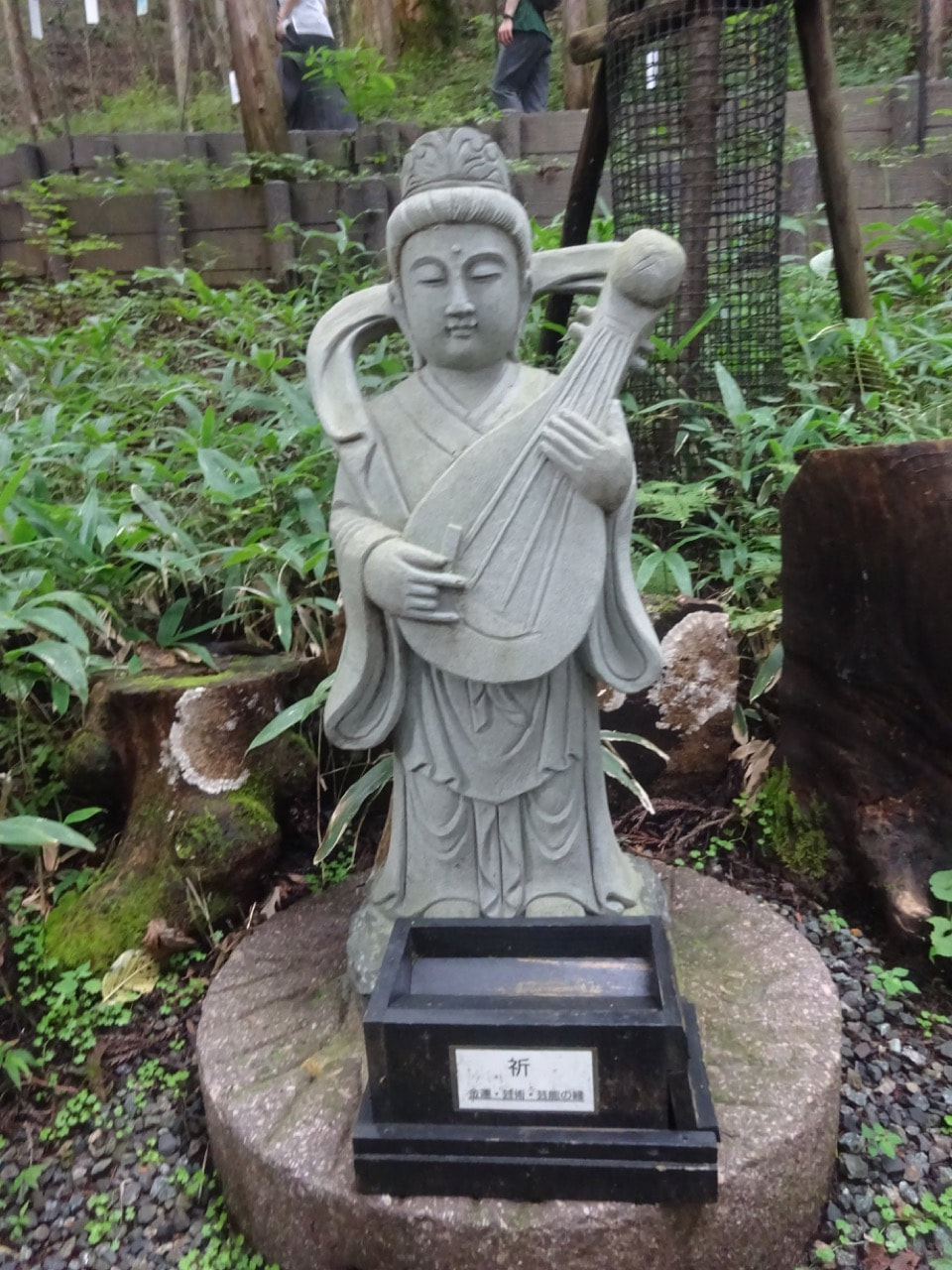









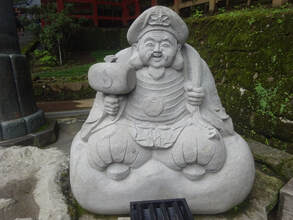









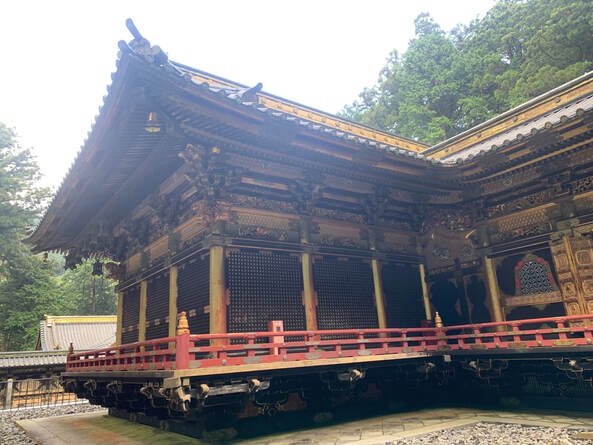





















 RSS Feed
RSS Feed
